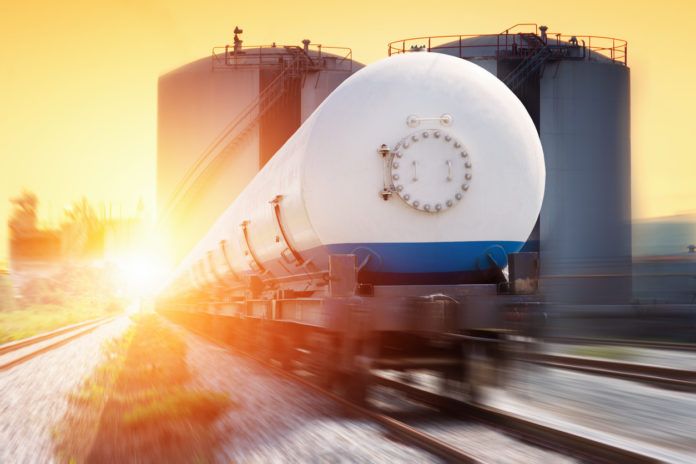
It is difficult to believe that almost eight years ago, increased natural gas demand and declining U.S. natural gas production was positioning the country into being an importer of up to 14% of its natural gas supplies. Quietly, during the same time period, a revolution was brewing in the oil and gas patch. Within a matter of a few short years, “unconventional” processes for extracting natural gas would extend to a large number of other U.S. basins, reversing a decades-old trend of annual natural gas reserve and production declines, positioning the U.S. to become a major exporter of its newfound hydrocarbon bounty.
To date, over 50 LNG export proposals, amounting to over 50 billion cubic feet per day (Bcf/d) of export capacity have been announced or are under development, a large part of which is anticipated to be in Louisiana. All told, these LNG export projects represent anywhere between $20 billion and $50 billion in economic development opportunities for the state, positioning it into becoming a global leader in the trade of natural gas.
Not all of this capacity, however, will get developed. World energy markets are in a state of transition. LNG export facilities will continue to face a number of risks, particularly in the short run. However, the long-run outlook for these facilities looks very favorable and supportive of continued development.
Export facility development risks
New LNG export facilities face a variety of risks, including: (1) weak global energy commodity prices; (2) contracting risks; (3) project development risks; and (4) regulatory and policy risks.
Global energy commodity prices: Current LNG projects can be negatively impacted by both low natural gas and crude oil prices. World energy commodity prices are currently being challenged by the simple fact that, in the near-term, there are too many MMBtus of energy chasing too few MMBtus of energy demand.
Contracting risks: LNG export facilities are very expensive, with investment costs in the $8 billion to $12 billion range. These projects are not developed on a speculative basis and need long-term, or series of longer-term, agreements to reduce their financial risk for project investors.
Project development risks: LNG developers will have to compete with other industrial construction projects for what could prove to be a limited pool of engineering support, equipment, skilled labor and other inputs. Those projects best able to manage their development costs and schedules are the ones most likely to be successful.
Regulatory and policy risks: Government actions also represent an important risk influencing LNG export development. Most LNG facilities go through various DOE and FERC permitting processes that can extend project development time horizons, increasing project costs and development risks.
Export facility development outlook
The outlook for LNG has become clouded over the past year by the significant decrease in global energy commodity prices, creating some near-term financial challenges for many announced projects. Changes in Asian economic growth is particularly challenging. While an Asian economic slow-down is not unexpected, evidence is starting to increasingly show that Asian demand is likely much weaker than originally anticipated. This will continue to create a drag on global energy demand, and commodity prices, over the near term.
The longer-run outlook for exported U.S. natural gas supplies, however, looks considerably more positive. While China and many other developing nations are experiencing a number of short-run growing pains, most are anticipated to see economic rebounds. These economies will need additional energy supplies from a diversity of sources, which bodes well for U.S. LNG export projects. Further, most all of these developing economies will be forced to address air emissions challenges, including carbon, as their economies continue to grow. This also bodes well for U.S. natural gas exports and the facilities currently under development in Louisiana.
Conclusions
All told, Louisiana is sitting on a considerable, game-changing opportunity to serve as an international hub for natural gas trade. There are some concerns that the “law of one price” will drive currently low-cost U.S. domestic natural gas prices up to global levels, potentially threatening over $100 billion in new industrial development activity in the U.S. While this concern has some merit, at this point it appears to be a relatively unlikely outcome. Any increase in domestic prices would likely be met by such a resounding response by U.S. drillers that any significant increase would be transitory, at best, and result in another explosion of natural gas reserve and production development that would bring prices back into line with industrial expectations.
David E. Dismukes is a professor and the executive director of the Center for Energy Studies at LSU. He holds a joint academic appointment in the department of environmental sciences where he regularly teaches a course on energy and the environment.








